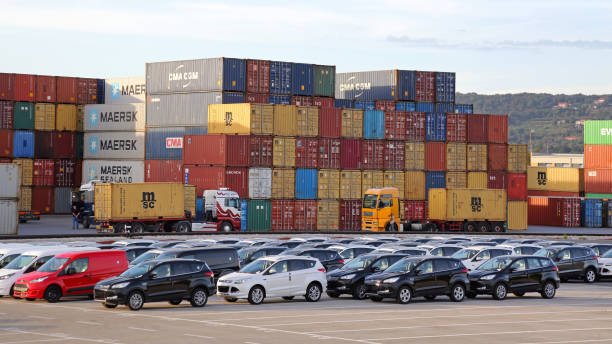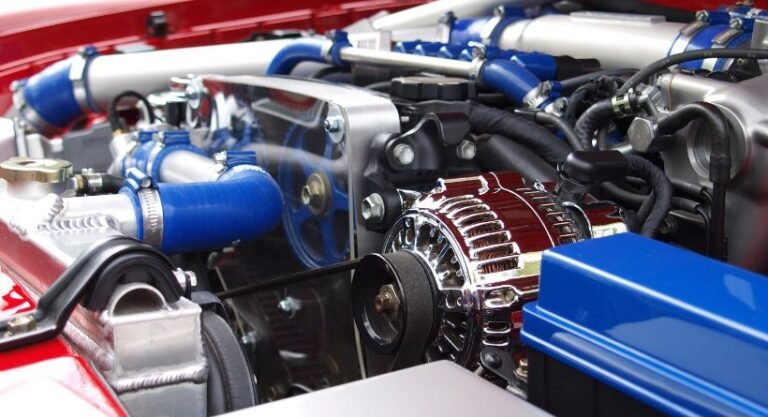Engine Mount Solutions for Industrial Generator Stability
Industrial generators play a vital role in powering essential equipment and infrastructure across various sectors, from manufacturing plants and hospitals to construction sites and remote facilities. Stability, performance, and safety are key to their continuous operation, and one often-overlooked component that ensures these qualities is the engine mount. These components are designed to isolate and absorb vibrations, support heavy loads, and maintain proper alignment between the engine and generator frame.
In many industrial settings, downtime is not an option. Choosing the right engine mount is essential for protecting both the equipment and the people operating it. This simple yet crucial component not only minimizes mechanical wear but also enhances efficiency by reducing vibration-related energy losses. Whether you are setting up a new generator system or maintaining an existing one, reliable engine mounts are a key part of the solution.
The Importance of Engine Mounts in Generator Systems
Generators operate under constant mechanical and thermal stress. As the engine runs, it generates significant levels of vibration and movement that, if left unchecked, can compromise structural integrity, misalign components, and create excessive noise. The function of an engine mount is to absorb and isolate these vibrations, preventing them from transferring to the generator base or surrounding structures.
In addition to vibration control, engine mounts help:
- Reduce wear and tear on the engine and other mechanical components
- Maintain alignment between the engine and generator shaft
- Improve safety by minimizing movement and stress in load-bearing areas
- Extend equipment lifespan by dampening shocks and mechanical resonance
Without effective engine mount solutions, even the most advanced industrial generator can become vulnerable to premature failure or costly breakdowns.
Types of Engine Mounts for Industrial Applications
Different industrial applications require different types of engine mounts. The selection depends on various factors including engine size, operating environment, load distribution, and vibration frequency. Some common types include:
- Rubber isolator mounts: These are among the most commonly used and provide excellent vibration isolation in standard-duty environments.
- Spring mounts: Designed to handle larger vibrations and shocks, often used in high-capacity generators or seismic zones.
- Hydraulic mounts: Offer both damping and isolation, ideal for precision applications where vibration control is critical.
- Metal-to-rubber bonded mounts: Provide a balance between load-bearing strength and flexibility, often used in mobile or rugged conditions.
Choosing the right mount type ensures optimal performance and safety for the entire generator system.
Signs of Engine Mount Failure
Like any mechanical component, engine mounts can wear out over time. Regular inspection and maintenance are critical to identify early signs of failure and prevent operational issues. Common indicators include:
- Excessive vibration or noise during generator operation
- Visible cracking or deformation of the mount material
- Engine misalignment, which may result in coupling issues
- Unusual engine movement when starting or shutting down
If any of these signs are present, it’s important to replace the mounts promptly to avoid damage to the generator or surrounding equipment.
Best Practices for Installation and Maintenance
Proper installation and ongoing maintenance of engine mounts are crucial to their effectiveness. Here are some best practices to follow:
- Level the mounting base: Uneven surfaces can cause uneven load distribution and premature mount failure.
- Use correct torque values: Over-tightening or under-tightening bolts can lead to mounting issues or deformation.
- Inspect during scheduled maintenance: Include engine mounts in your routine inspection checklist.
- Replace mounts in sets: For balanced performance, it’s recommended to replace all mounts at the same time.
- Avoid exposure to oil or chemicals: These substances can degrade rubber components and reduce the lifespan of the mount.
Following these guidelines will help maintain the integrity of the engine mount and ensure consistent generator performance.
Selecting the Right Engine Mount
When sourcing engine mounts for industrial generators, it’s essential to choose products that meet the specifications and durability requirements of your application. Key considerations include:
- Load capacity and deflection range
- Compatibility with the engine and mounting frame
- Material resistance to oil, heat, and environmental conditions
- Installation requirements and maintenance access
Working with a trusted supplier that offers detailed technical specifications and support can simplify the selection process and ensure you get the right solution for your needs.
Conclusion
Engine mounts are a small but indispensable component in maintaining the stability and performance of industrial generators. By minimizing vibration, ensuring alignment, and protecting against mechanical stress, they help keep systems running smoothly and efficiently. Investing in high-quality engine mount solutions and maintaining them regularly is essential for ensuring long-term operational reliability in any industrial setting.







